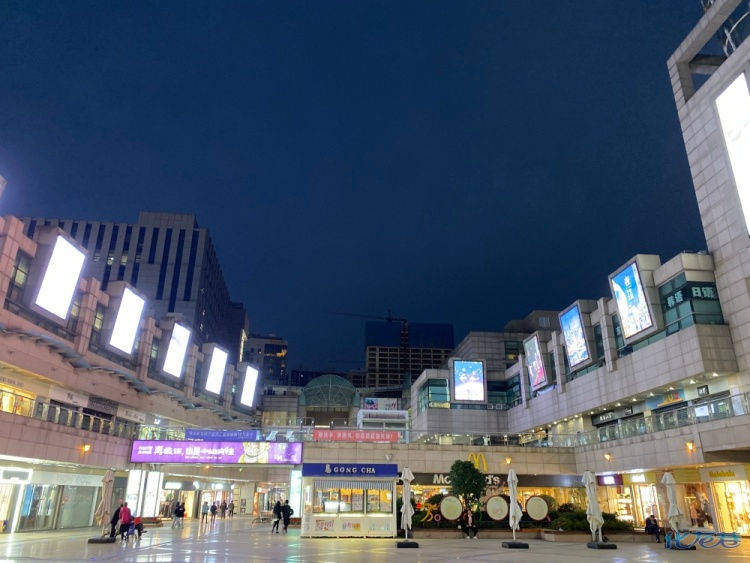Decaying Center
- Zhenbang Xiong
- Feb 15, 2022
- 2 min read
My hometown Changzhou, a not very distant satellite city of Shanghai, was trying hard to study and copy Shanghai’s successful example but only realized they are not compatible. I have had the opportunity to live in both cities for school and work. In my own experience, the two cities shared certain physical similarities but differentiated a lot in their demo-graphical compositions and urban structures. As a result, the infrastructures and constructions the Changzhou government spent a large budget on have become a burden to be sustained. Changzhou’s failed example incubated my first notion of urban planning, especially sustainable development. I understand that cities should be developed under respective proto-urban conditions rather than headstrong copying and pasting.
As I was driving through downtown Changzhou, the supposedly busiest district, on a Thursday dusk in October 2021, I saw a dead center. Office tower unoccupied, the old retail center had shops open only in street level, and one entire pedestrian street dedicated for food vendors has long been emptied by now. Car circulation was busy on the main road, but all were heading to the newly developed district in the suburban area. Unlike Shanghai, where residential complexes co-existed with malls and office towers forming a cohesive and healthy environment, Changzhou downtown migrated most of its residents to the suburban new district. It replaced the empty blocks with five adjacent shopping malls, one mega cinema complex, and one hotel tower. The hope was to create a center entirely for commercial and entertainment purposes. However, the reality is that the suburban area, where most of the locals inhabited, was forcibly separated from the downtown area and led to a desertion of the city center.
The decaying urban center also allowed me to observe the city from another perspective: its demographic structure. In the 2021 national consensus, 13.7% of the total Changzhou population was above 65, and the number is increasing. As a result, the working-age population between 15 to 64 was predicted to be decreased by 0.5% annually. Unlike Shanghai and other metro-cities in china that has a constant inflow of working-age population from periphery area, Changzhou is less attractive among young people for the opportunities it provides. While the main consumer force in the market is slowly disappearing, many young-people targeted businesses were too closing down along the process in the downtown area and making the newly constructed malls redundant.
In conclusion, urban planners should pay more attention to the respective local and regional proto-urban conditions. It is essential to look into the data and understand how the urban environment is structured before making solid decisions to form a healthy environment. With these understandings in mind, planners can make fewer mistakes by turning a well functioned urban environment into an urban catastrophe.




Comments